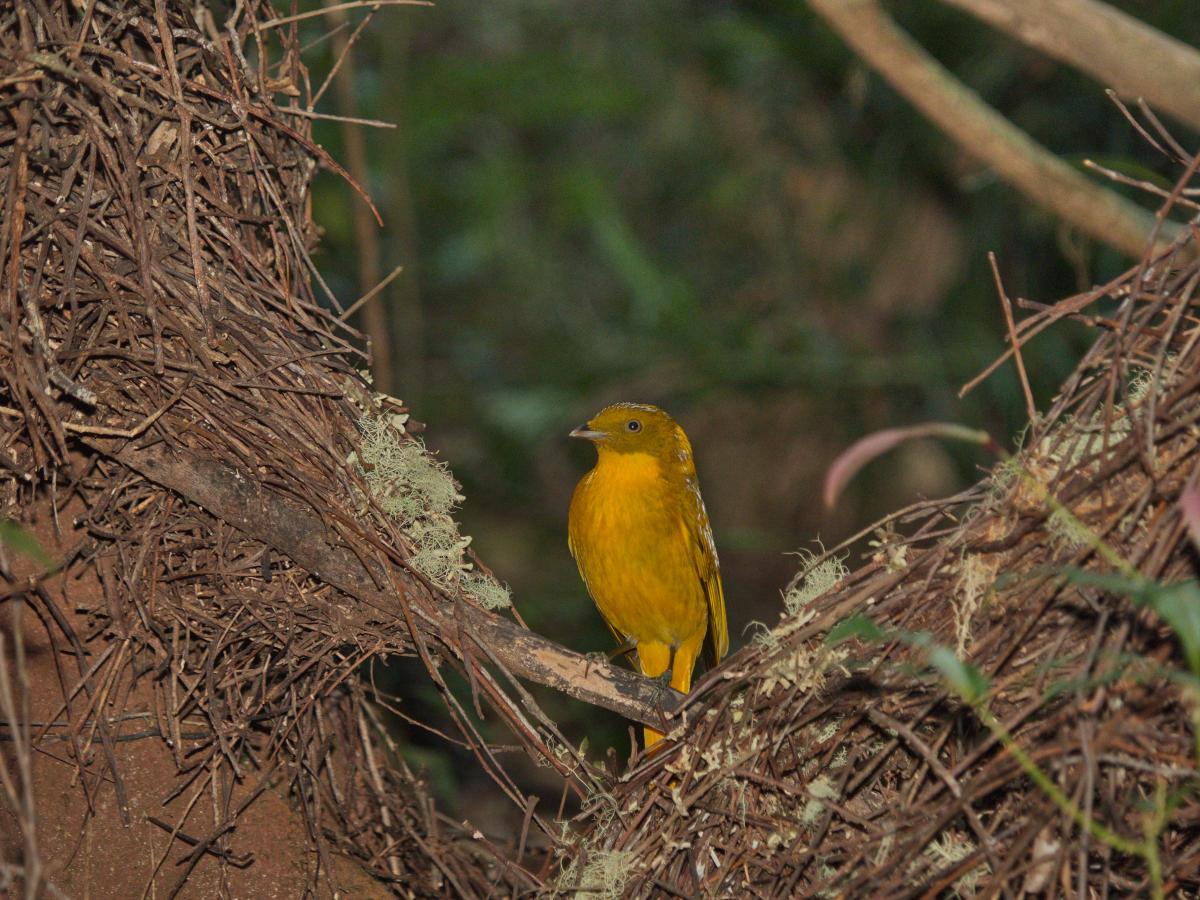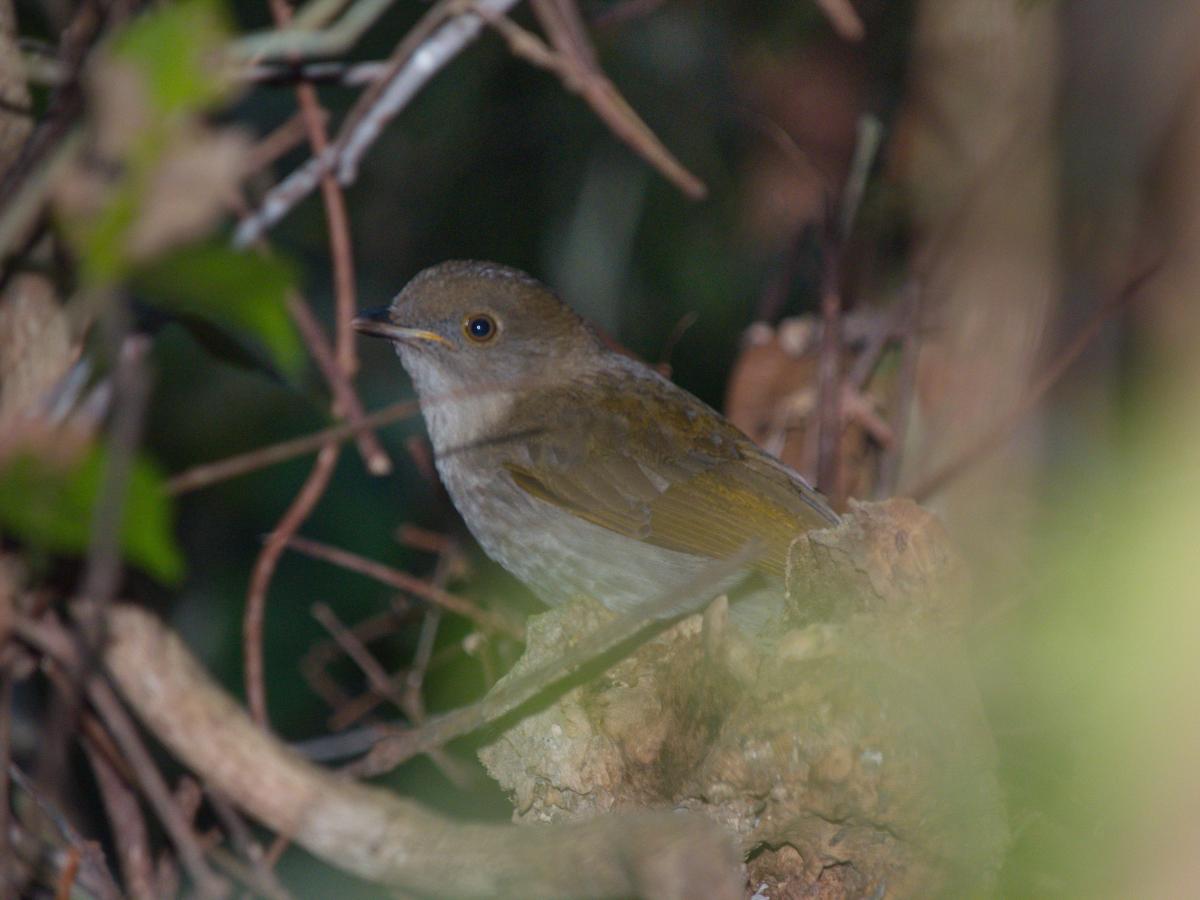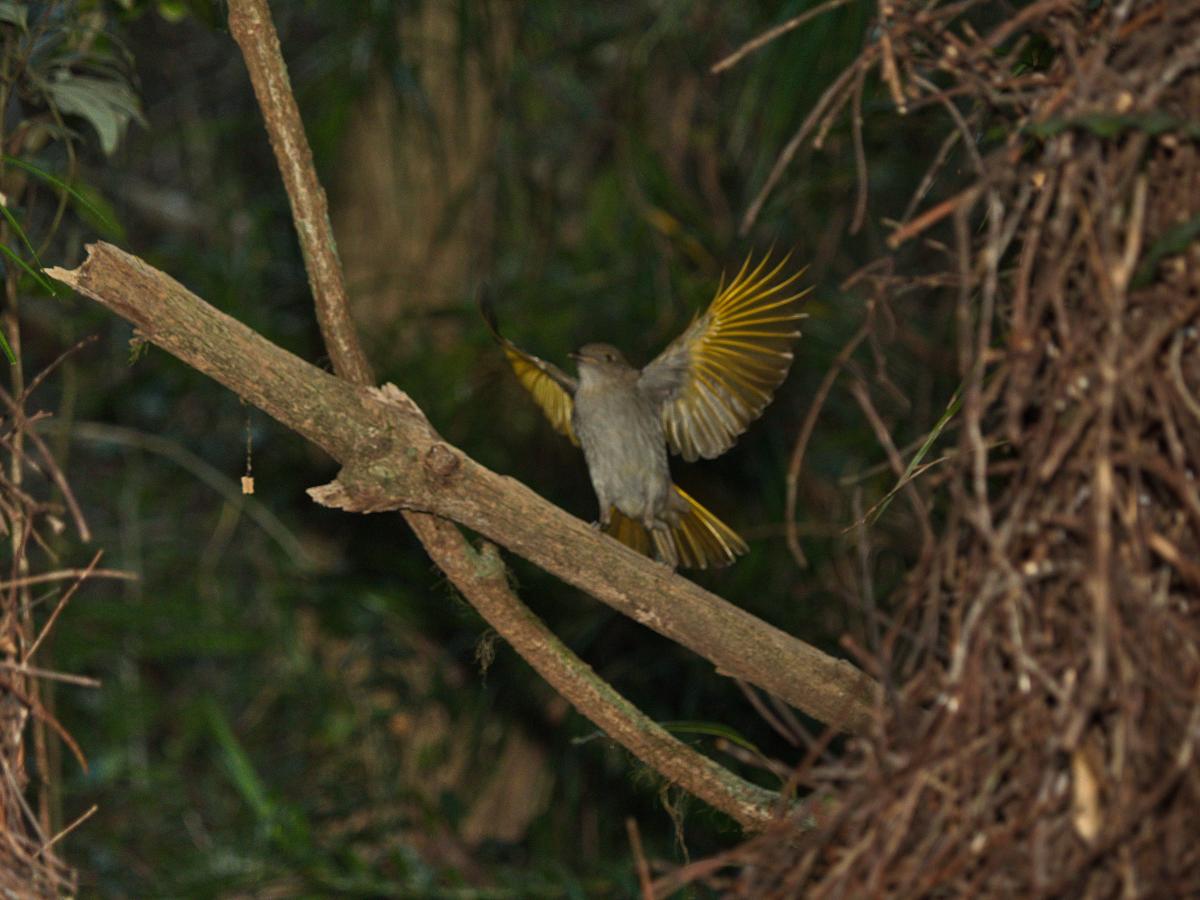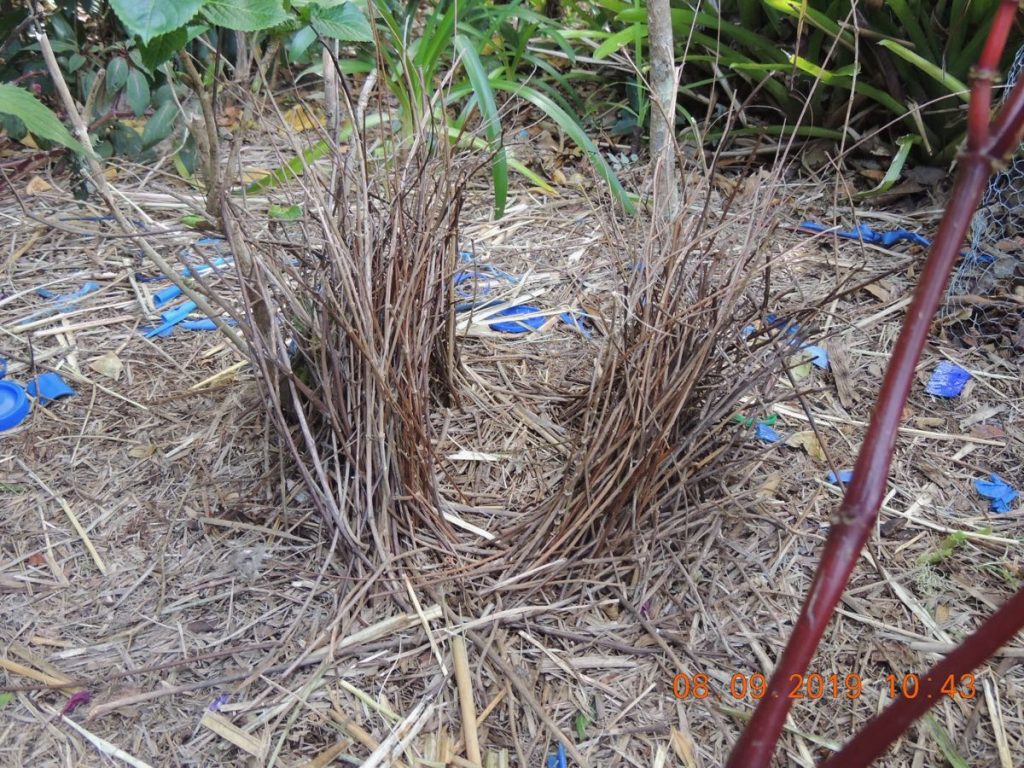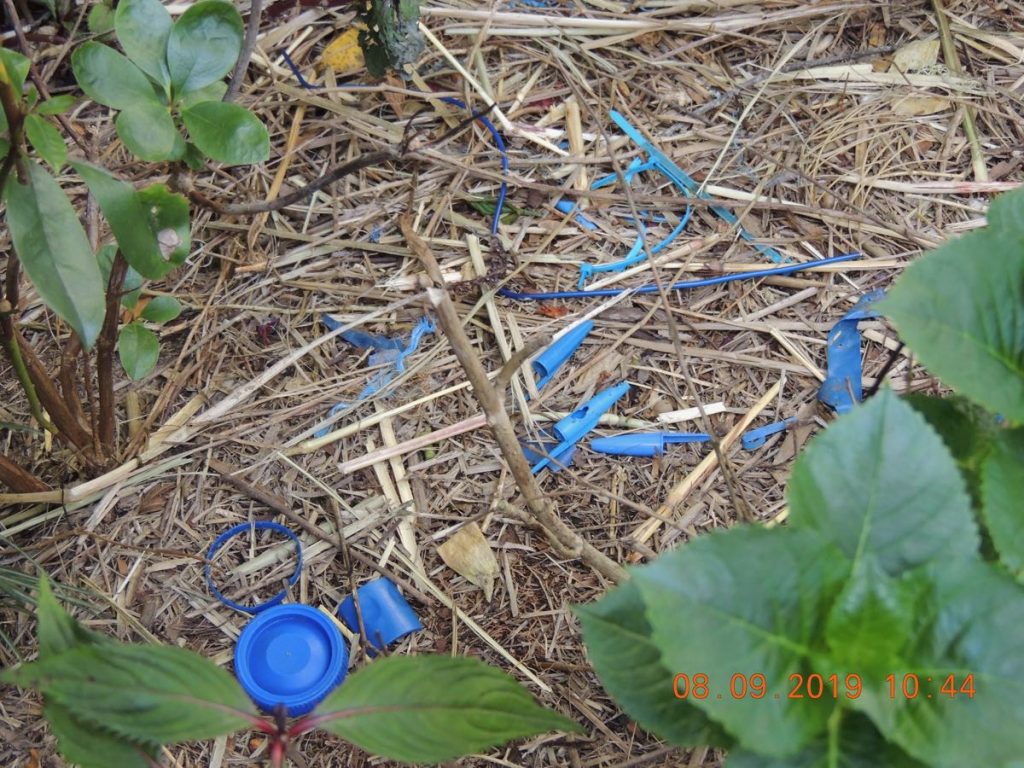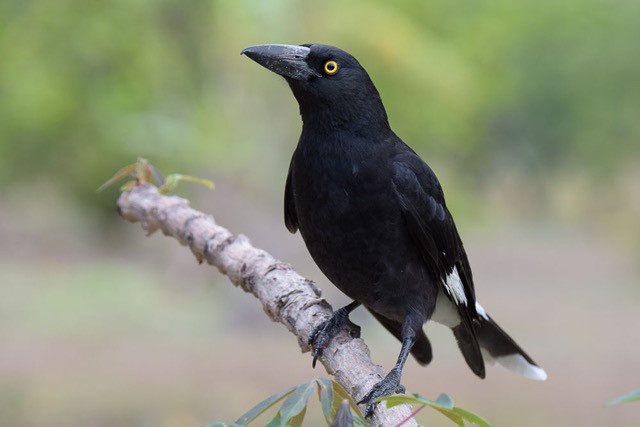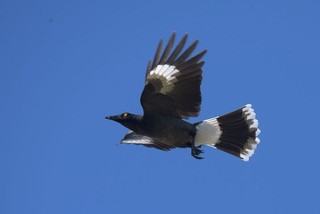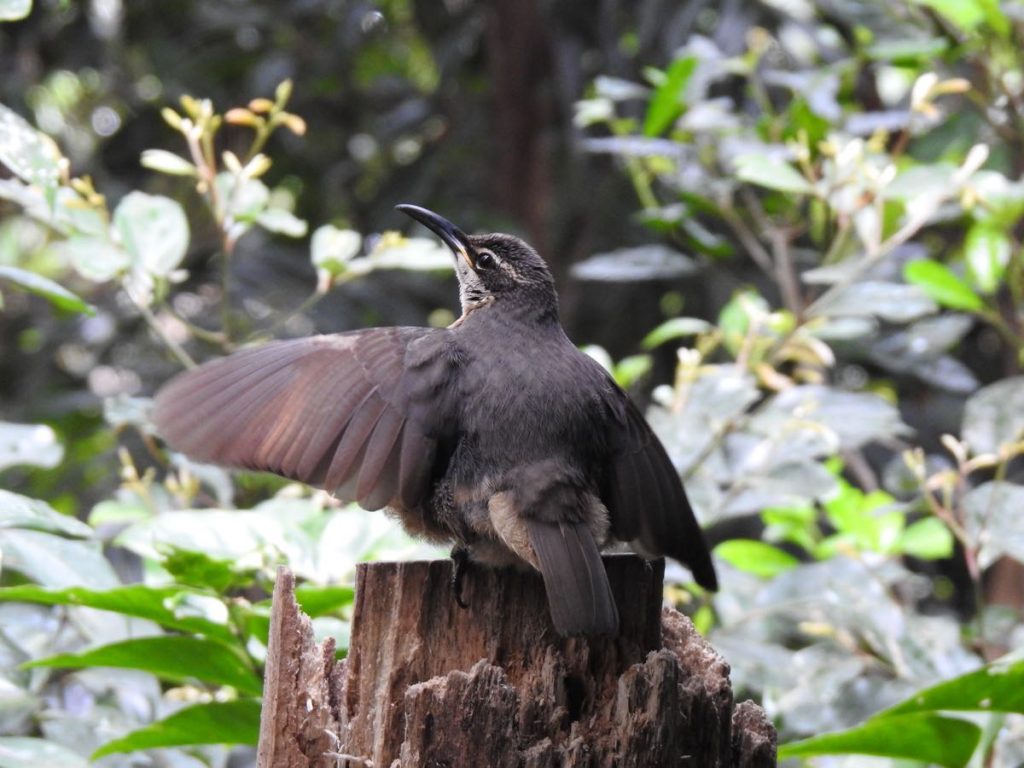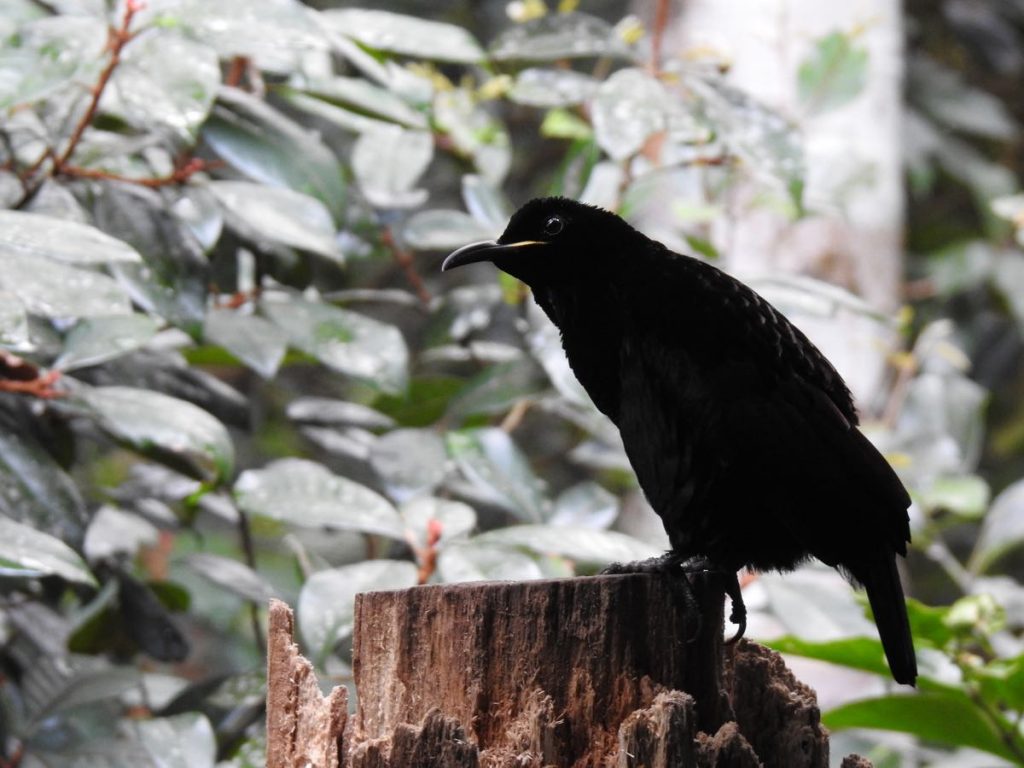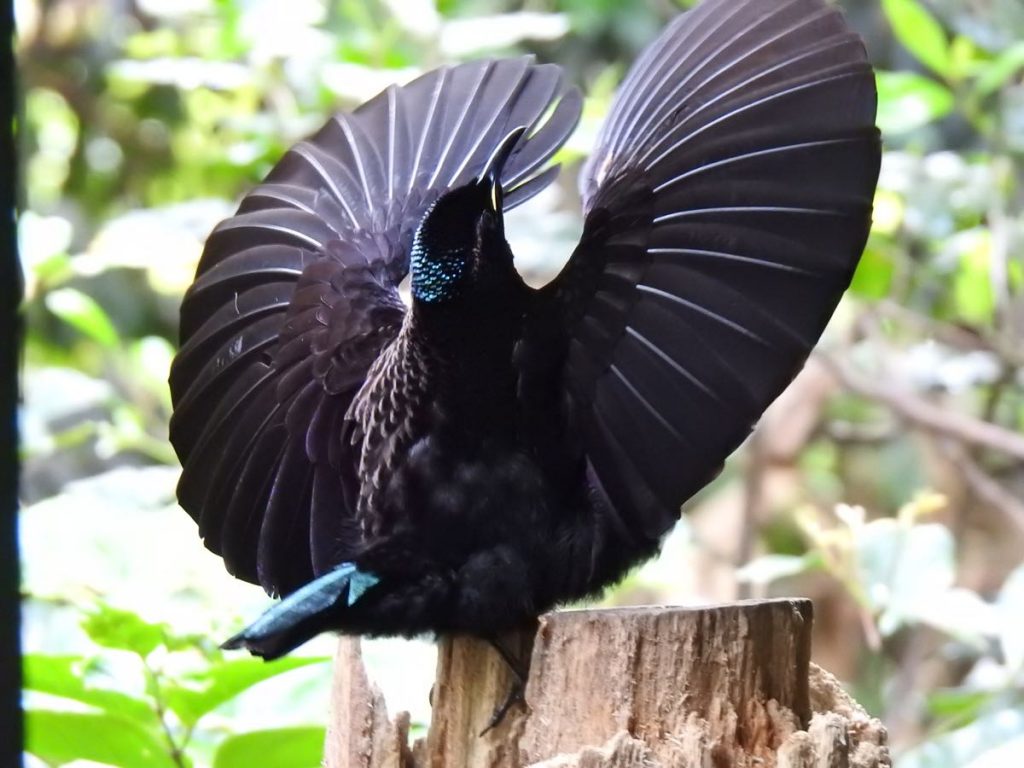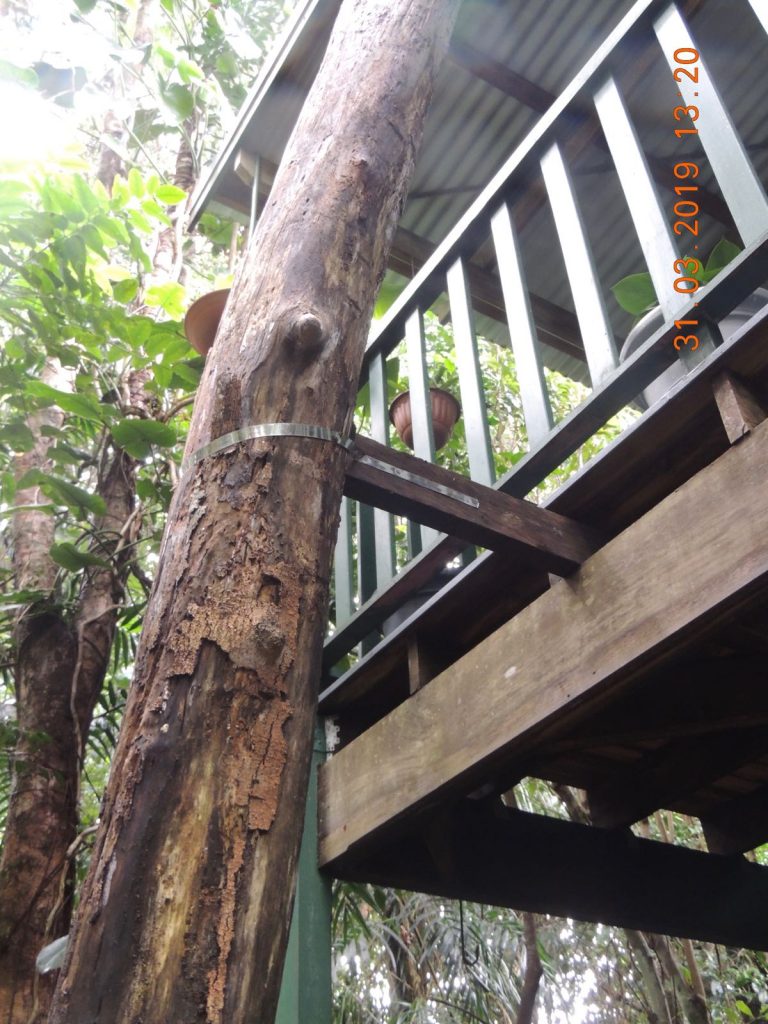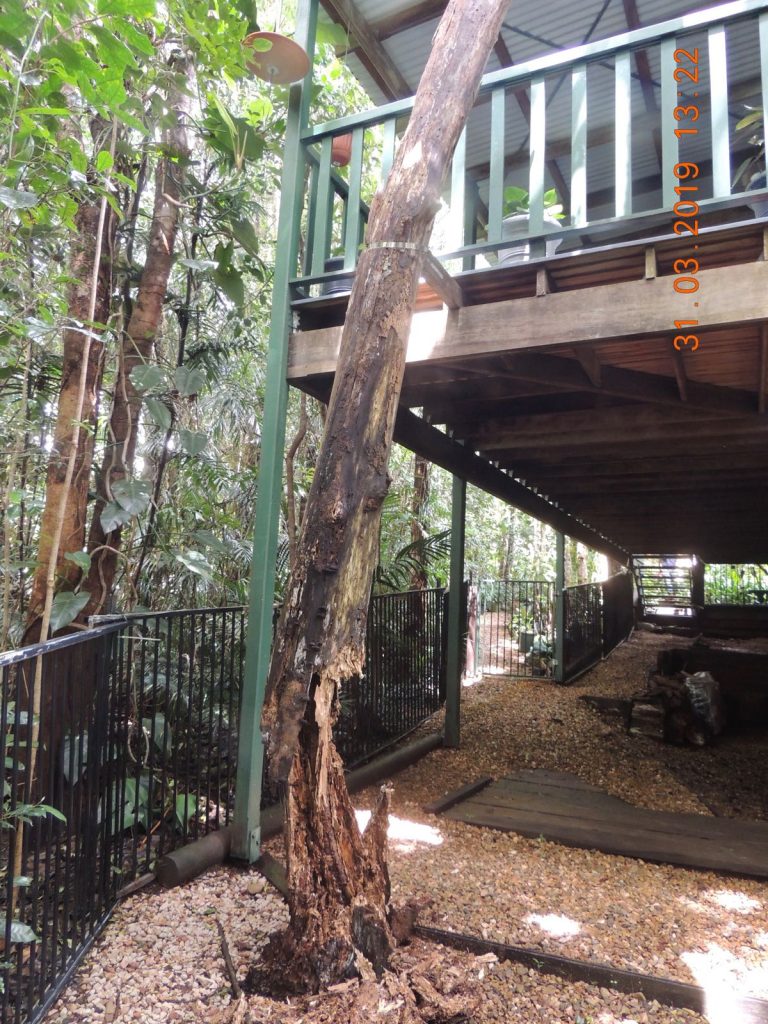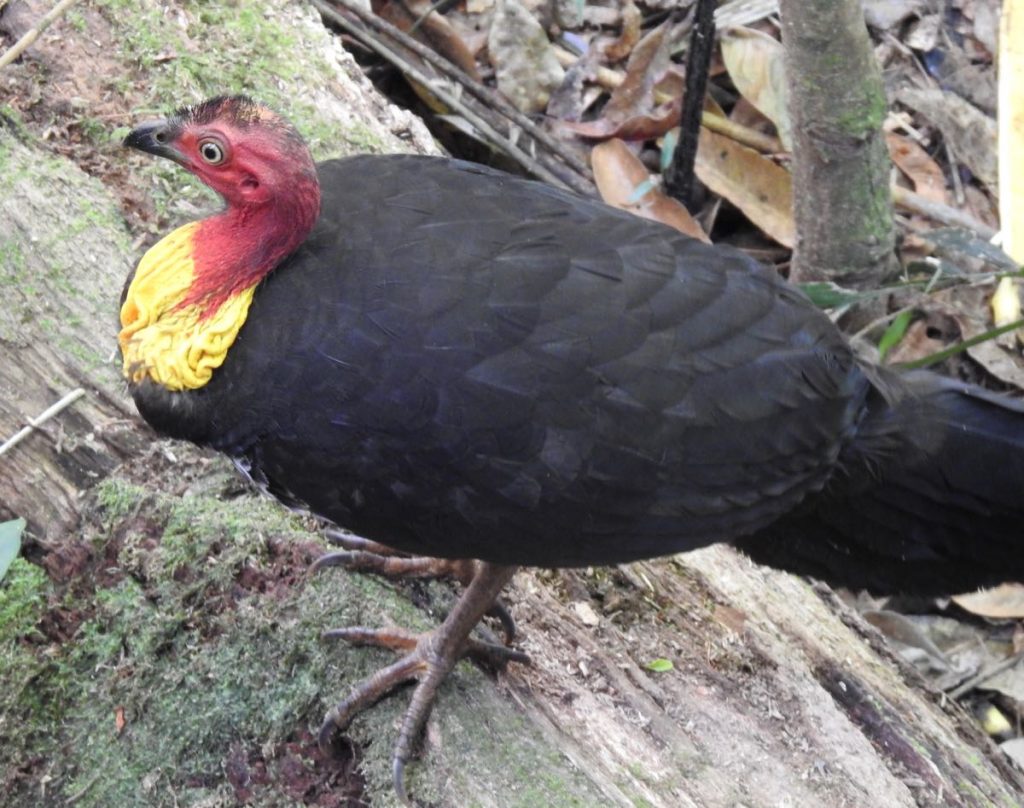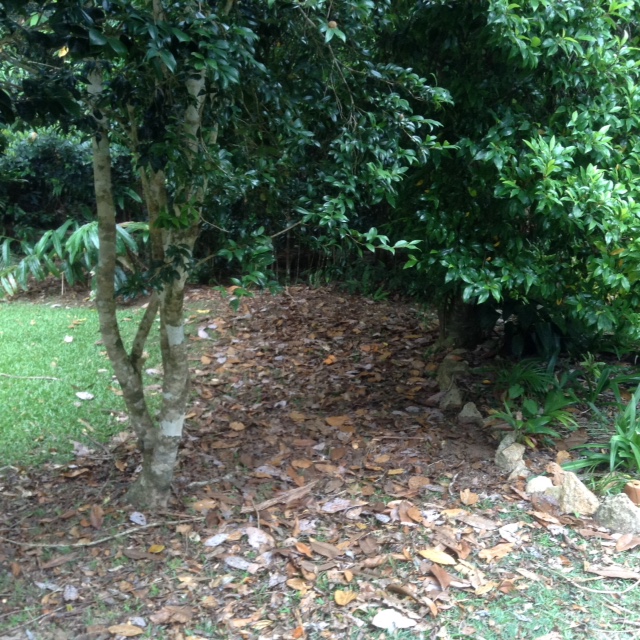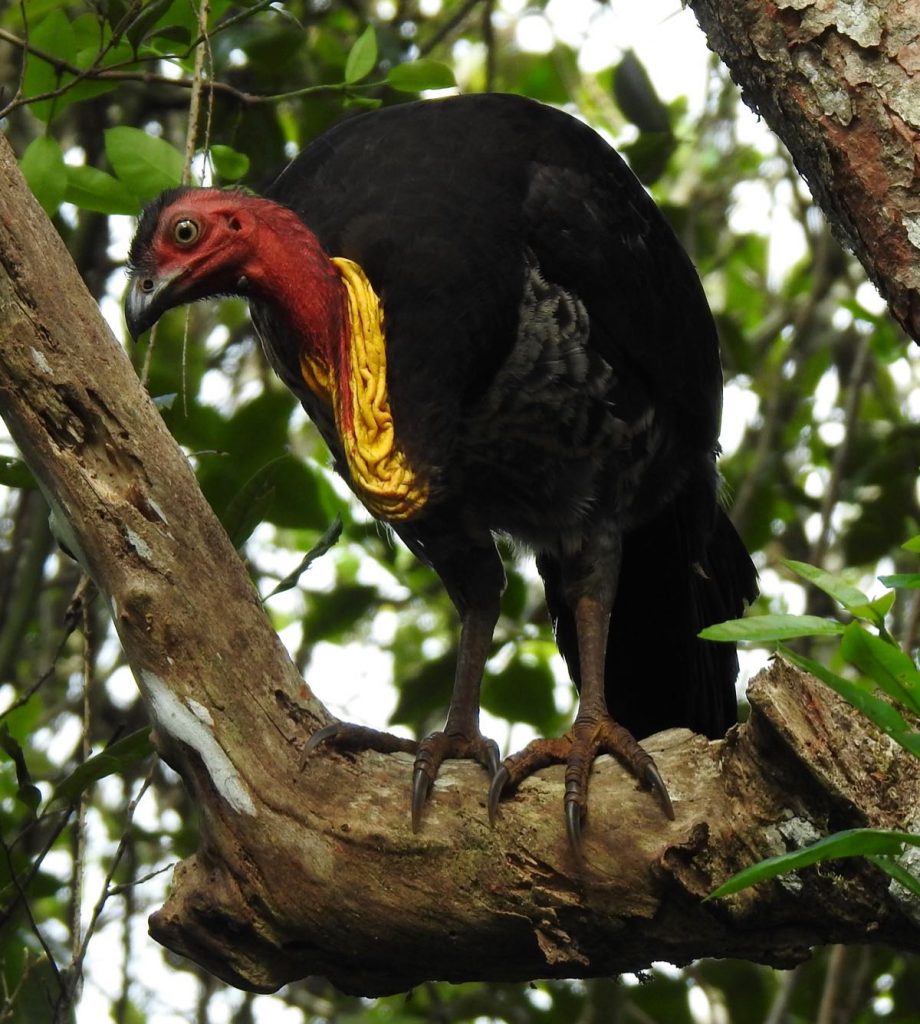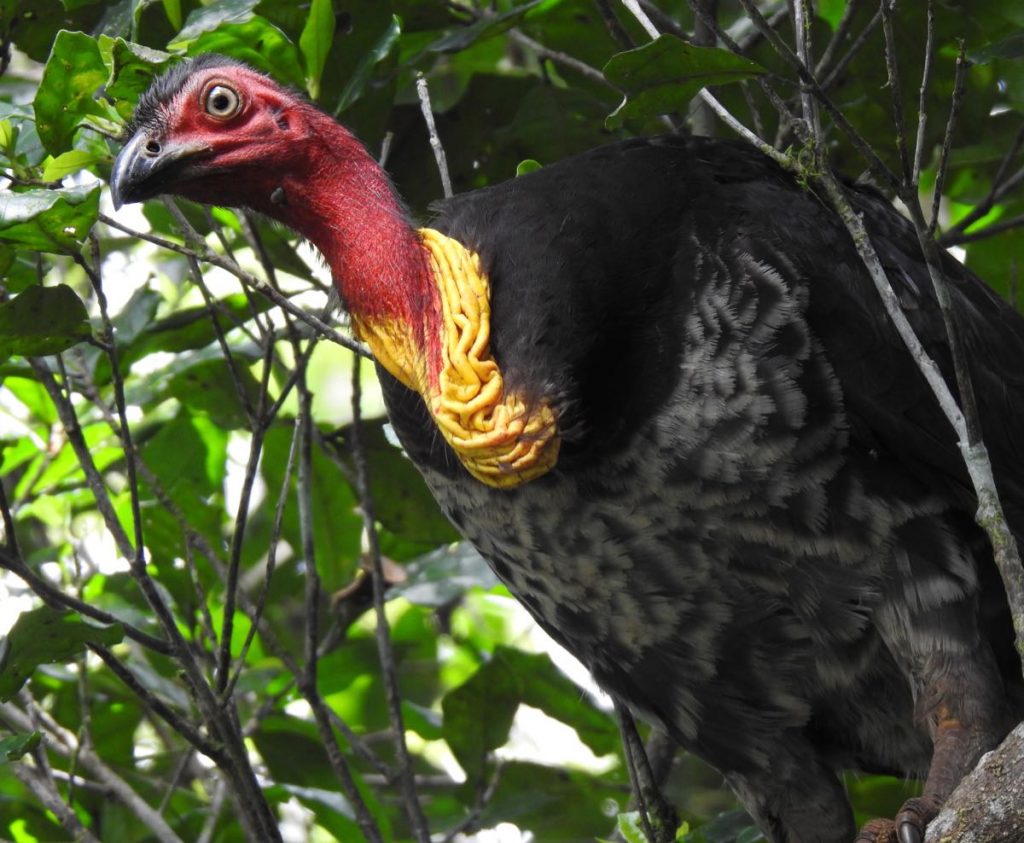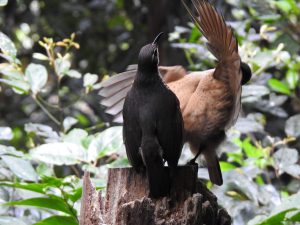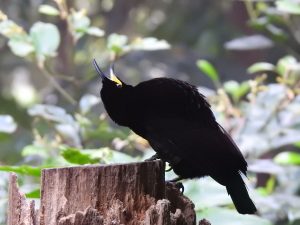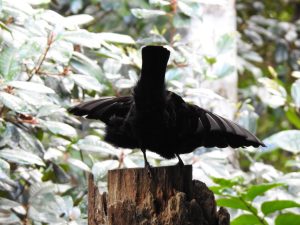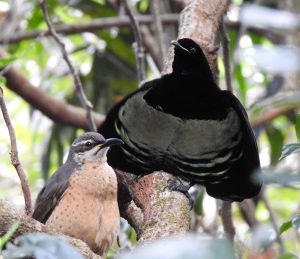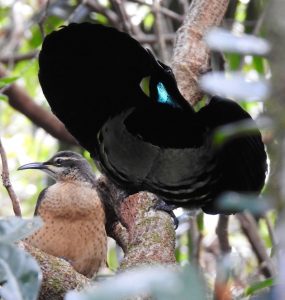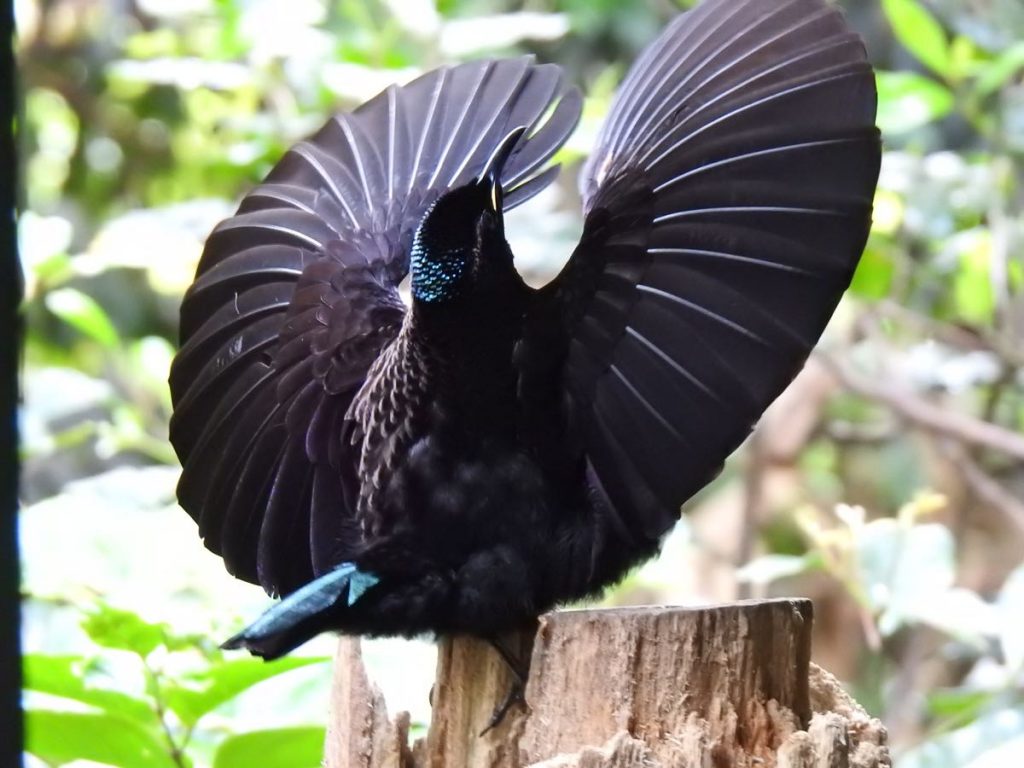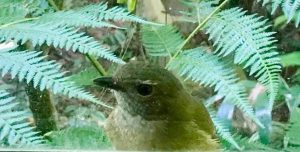by Jamie Oliver
Introduction
Rainforests are the most biologically diverse of all terrestrial habitats, and the number of different species in just a small plot of forest can be huge. For the interested amateur, identifying the myriad of rainforest plants and animals can be challenging! We don’t know exactly how many species of plants and animals live in the rainforests of the Queensland Wet Tropics – for some groups e.g.fungi, some insect families, there may actually be more undescribed species than ones that have been formally identified. It is likely that during a short 15 min walk along Paluma rainforest tracks you could be passing several hundred different species of plants and animals. Some of these are large and conspicuous while others could require much closer inspection (and perhaps a hand lens) to identify.
Paluma is located at the southern end of the Wet Tropics World Heritage Area. The WTWHA contains at least 663 vertebrate animal species, and invertebrate fauna is the richest in Australia. Land snails alone are represented by 222 species. It is estimated that the Wet Tropics probably has around 40,000 species of insect, including 230 butterfly species and 135 dung beetle species. Plant diversity is equally remarkable with 2,800 species of vascular plants – 700 of which are only found in the region[1].
All this seems very impressive but it leaves the casual visitor somewhat overwhelmed – to the point where any interest in identifying species can be lost in the enormity of the task.
The purpose of this series of posts is to enable even the most casual and inexperienced visitor to identify the five most common and distinctive species from each of 10 or so groups of plants and animals. By breaking the task down in to 5 easy species from each group a weekend visitor with a keen interest in the task might become familiar with 10 or 20 different rainforest species, and after a few such visits might claim knowledge of 50 or more species!
We will start with one of the easiest groups (birds) and then move on to other groups that may require a little more effort and patience. By the end of this series we hope to have compiled an online and downloadable guide to the 50 most common and easily identified species around Paluma village.
[1] https://www.wettropics.gov.au/biodiversity , https://www.wettropics.gov.au/insects
Birds
Birds are one of the most conspicuous rainforest animals and many of them are quite easy to identify, so it is appropriate to start our ‘5 easy species’ series with this group. The five birds listed here were chosen because they are very common around Paluma roads and walking tracks at most times of the year. They are also easy to identify from photos and descriptions. All of these birds are less common down on the coast and thus contribute to the feeling that you have entered a whole new environment when you take the drive up to Paluma.
1. Lewin’s Honeyeater (Meliphaga lewinii)
Lewin’s honeyeater is commonly seen flitting among low branches of trees and shrubs along road edges or in open picnic areas. While its soft green and grey colouring does not make it stand out, the yellow half-moon cheek patch and its staccato call make it easily to identify.
It is also a very common visitor to bird feeders around the village. A related species, the yellow-spotted honeyeater, can also sometimes be found in the village. It has a more rounded cheek patch and its call is very different (not staccato).
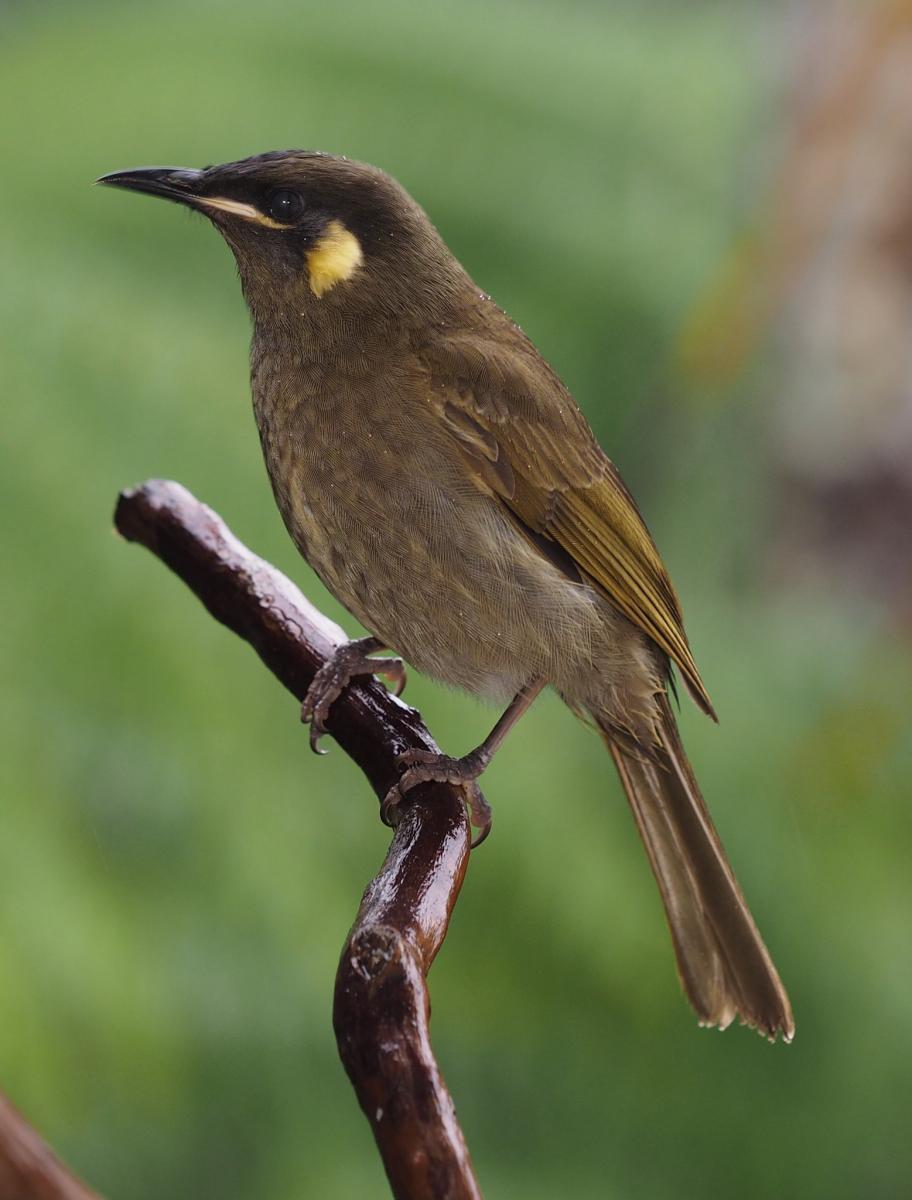
2. White-cheeked Honeyeater (Phylidonyris niger)
.jpg?bwg=1585014263)
This strikingly bold black and white honeyeater is smaller than the Lewin’s and can be found flitting amongst shrubs and trees, feeding on flowers. It has a large white cheek patch and yellow streaks on the wings. It is one of the most common birds to visit bird feeders around the village. Here it displays a surprisingly bold demeanor, chasing much larger birds away from the food on offer.
3. Brush Turkey (Alectura lathani)

This large black bird with a mostly bald red head is commonly seen around picnic areas, roadsides and along rainforest tracks where it uses its feet to scratch the leaf litter in search of insects. During the breeding season (August to December), males develop gorgeous yellow neck wattles to attract females. Eggs are buried in large mounds of leaf litter built and tended by the male. The heat of decomposition of litter in the mound provide the warmth needed to incubate the eggs.
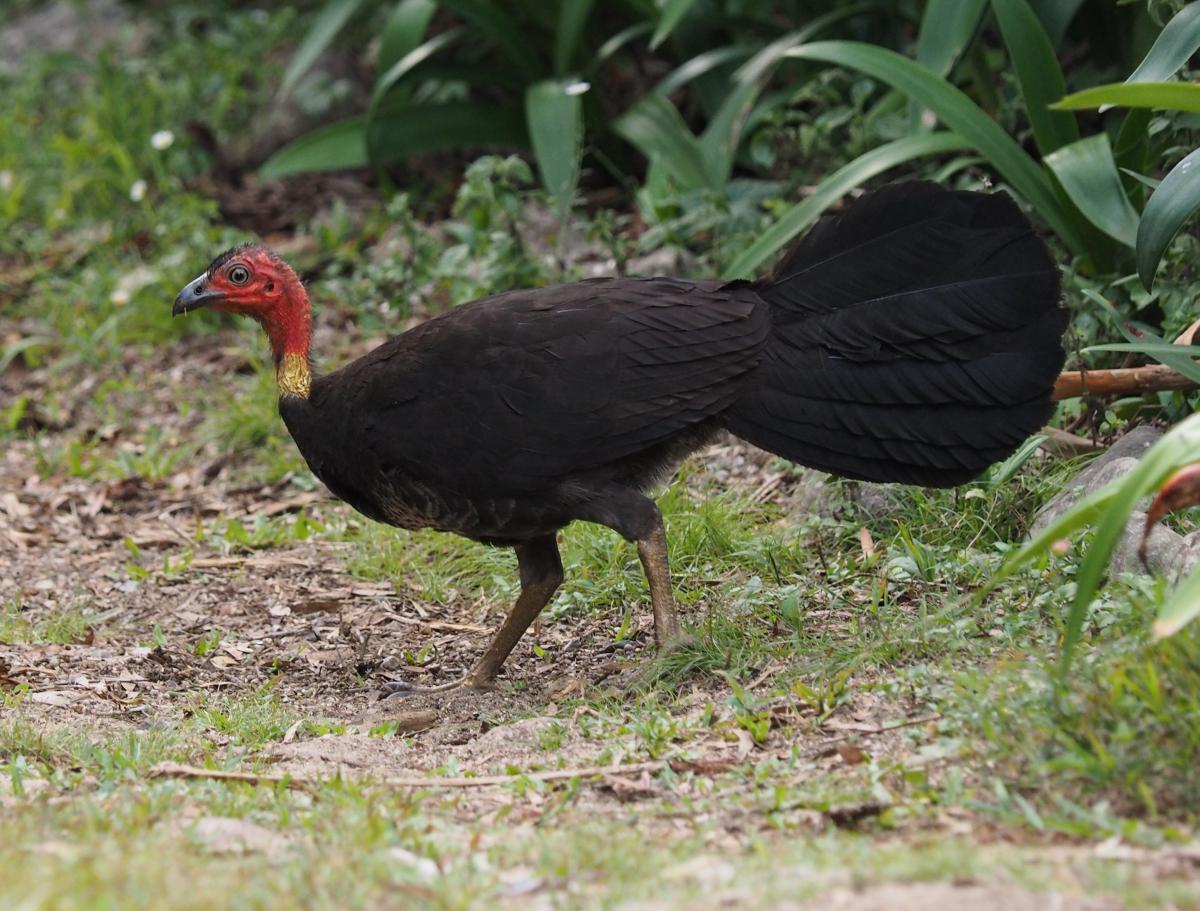
4. Crimson Rosella (Platycerus elegans)
This beautiful crimson and blue parrot is commonly seen around Paluma but almost never in the nearby coastal areas. It is found in trees or shrubs, as well as on the ground when grass seed is available. The head and breast are deep red, while its back is red with blue mottling. The tail, wings and throat are blue. While this species of Rosella is found in forests throughout southern Queensland and the southern states, in north Queensland it is restricted mostly to Paluma and the Tablelands. The only other parrot of this size in the area with predominantly red colouration is the King Parrot, which is red and green, instead of crimson and blue.
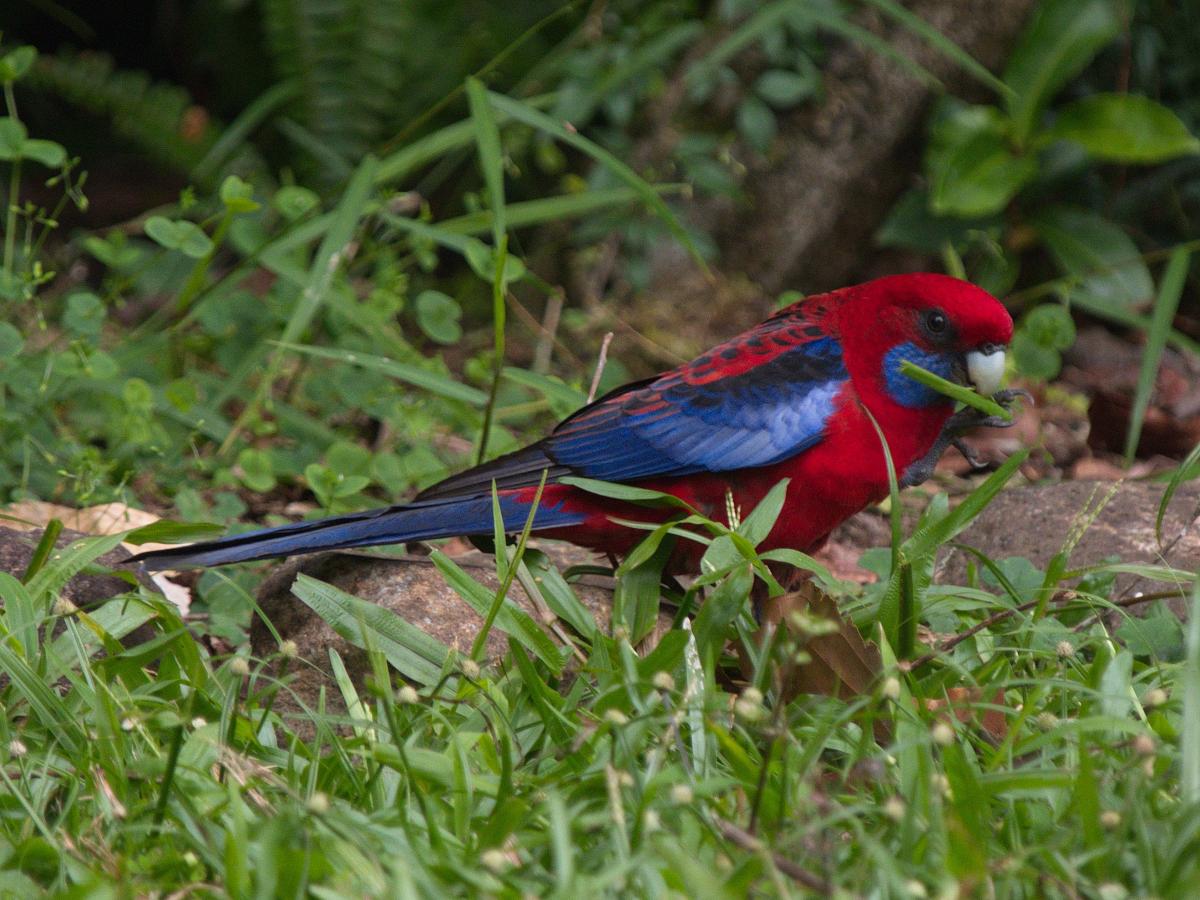
1. Chowchilla (Orthonix spaldingii)
You are more likely to hear this bird than to see it. In the early mornings and evenings the forest often resounds with the raucous sounds of family groups of Chowchilla calling back and forth.
It is a small brown bird with mostly inconspicuous colouration – the female has a lovely orange chestnut throat, while in the female it is white. Both sexes have a distinctive white eye ring. During the daytime they are mostly silent but can still be heard, and with a bit of luck, seen scratching around in the leaf litter beside village walking tracks. It stays almost entirely on the ground although it will fly when disturbed.
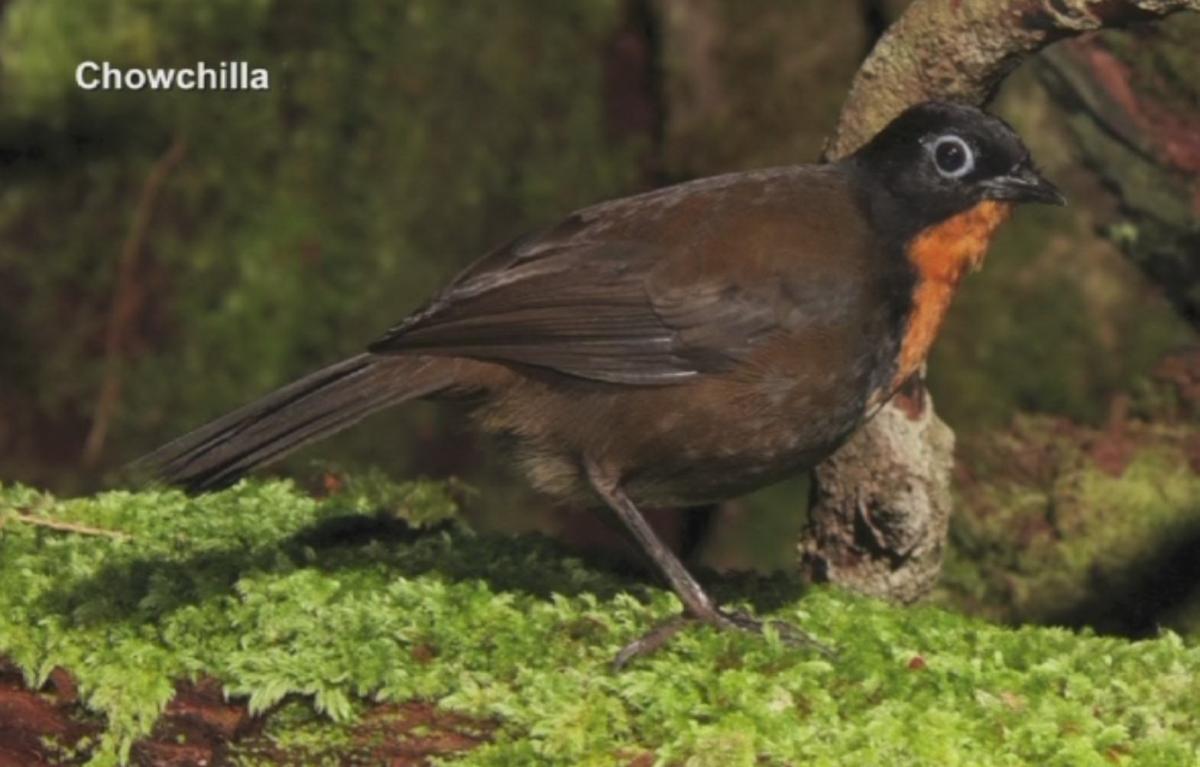
There are many other species of birds that occur in Paluma, and lots of them are both common and easy to identify. Visit the Birds section of the website to learn more about what can be seen in the area.

